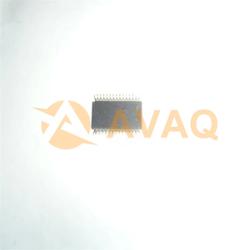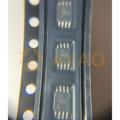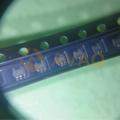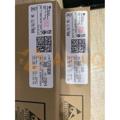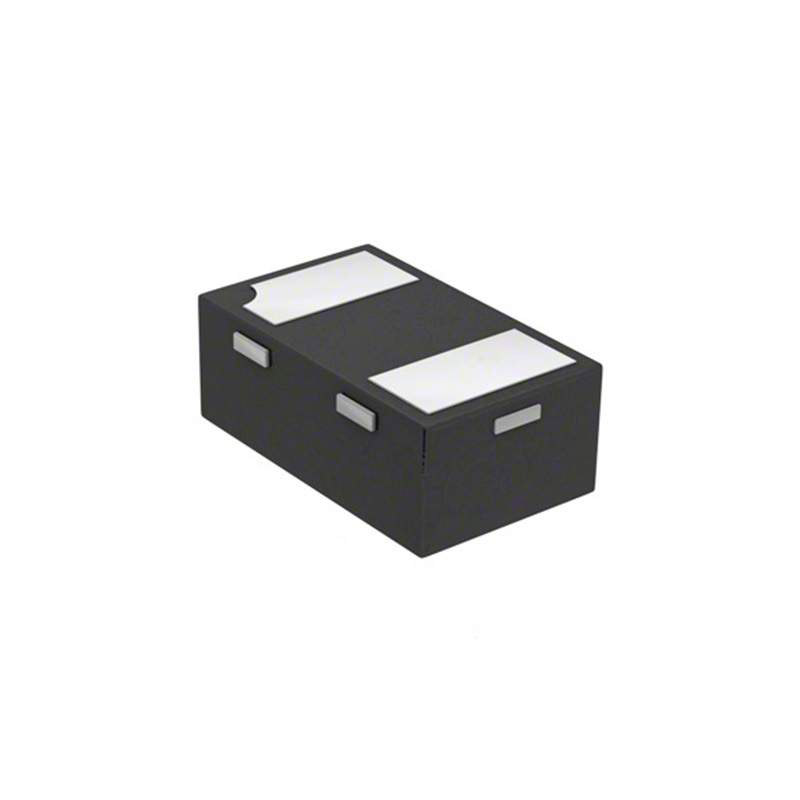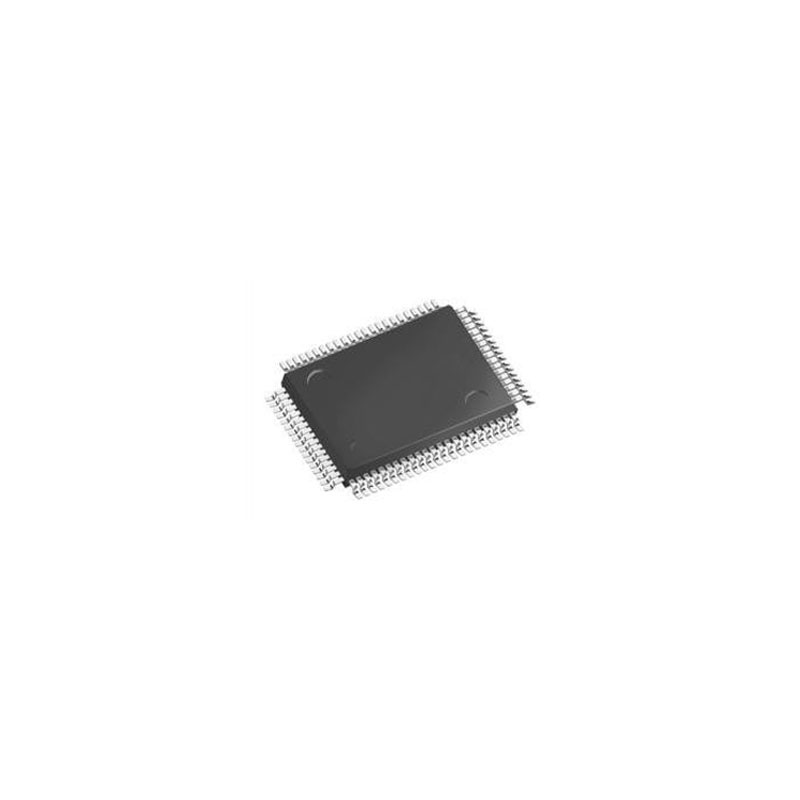A Complete Guide about Temperature Sensors 2023
 Pubblicato: Apr 25, 2023
Pubblicato: Apr 25, 2023
Contents
A temperature sensor is a sensor that senses temperature and converts it into a usable output signal. Temperature sensors are the core part of temperature measuring instruments and come in a wide variety. Temperature sensors are used more frequently in daily life and are one of the many types of sensors.
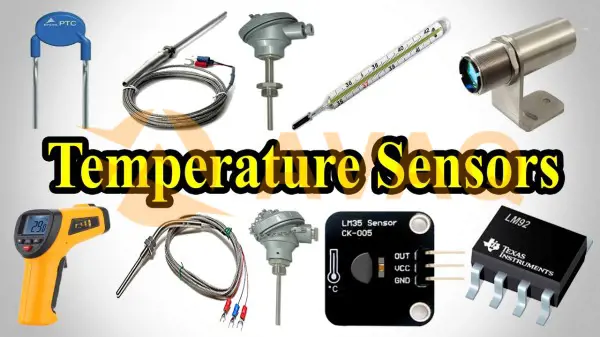
With the progress and development of science and technology, temperature sensors are smaller in appearance and higher in performance, and can be more widely used in various fields of production practice, providing a great convenience for people's production life. This article will introduce the types of temperature sensors, performance indicators and uses.
Types of Temperature Sensors
Temperature sensors can be divided into the following categories, depending on the principle and working method:
1. Thermistor temperature sensor: thermistor temperature sensor is the use of resistance with the characteristics of temperature change to measure temperature. Common thermistors are platinum resistors, nickel-iron resistors, chrome aluminum resistors, etc. 2.
2. Thermocouple temperature sensor: thermocouple temperature sensor is the use of two different metal conductors between the temperature difference generated by the thermal potential to measure temperature. Thermocouple wide range of applications, can measure high temperature, low temperature and temperature change more quickly.
3. RTD temperature sensor: RTD temperature sensor is the use of resistance with the characteristics of temperature change to measure temperature. Common RTD are platinum RTD, nickel-iron RTD, copper RTD, etc.
4. Semiconductor temperature sensor: semiconductor temperature sensor is the use of temperature-sensitive characteristics of semiconductor materials to measure temperature. Common semiconductor materials are silicon, germanium, etc.
5. Infrared temperature sensor: infrared temperature sensor is to calculate the surface temperature of the object by measuring the infrared energy radiated from the object. Infrared temperature sensors are widely used in industrial production, medical equipment, environmental monitoring and other fields.
In short, there are many types of temperature sensors, different types of sensors have different characteristics and advantages and disadvantages, in the actual application need to be selected according to specific needs.
Temperature sensor temperature measurement range
Temperature sensors are literally well understood, that is, a sensor that can detect temperature and convert it into a usable output signal. It is also the earliest sensor developed by man. As early as the 17th century, primitive temperature sensors were made, and they were gradually developed and widely used. Today's temperature sensors can be made very small, which facilitates their use in a variety of applications and provides countless conveniences to people's lives. Nowadays, there are so many different kinds of temperature sensors that it is hard to choose. In fact, it's because you don't know much about temperature sensors!
Temperature sensors differ by their material measurement range:
- S-type thermocouple in platinum rhodium 10-platinum thermocouple temperature range of 0-1600;
- Type B thermocouple in platinum rhodium 30- platinum rhodium 6 thermocouple temperature range of 600 ~ 1800;
- Type K thermocouple including NiCr-NiSi thermocouple NiCr-NiAl thermocouple, temperature range of -200 to 1300.
Temperature Sensor Performance Indicators
Temperature sensor is a device based on physical principles or specific materials used to measure the temperature of the environment or object. Its performance indicators can be divided into the following areas:
1. Measurement range: temperature sensors should have a reliable measurement range, i.e., be able to measure accurately within a certain temperature range and not fail due to higher or lower temperatures.
2. Accuracy and resolution: temperature sensor accuracy and resolution are important indicators of its performance, accuracy refers to the difference between the measurement result and the actual value, resolution refers to the smallest temperature change that can be identified by the sensor.
3. stability: temperature sensors should have good stability. The sensor should be able to maintain consistent measurement results in long-term use without being affected by external factors.
4. Response speed: The response speed of a temperature sensor is the time it takes for the sensor to go from sensing a temperature change to outputting a measurement result, which is usually evaluated in terms of response time.
5. Operating conditions: Temperature sensors should be able to work stably under different operating conditions (such as humidity, pressure, supply voltage, etc.) and maintain consistent measurement results.
6. Reliability and durability: temperature sensors should have good reliability and durability, to be able to accurately measure even under harsh environmental conditions, without quickly damage or failure.
In short, the performance indicators of temperature sensors mainly include measurement range, accuracy and resolution, stability, response speed, operating conditions, reliability and durability. Different application scenarios require different performance sensors for measurement, and the appropriate temperature sensor needs to be selected according to the actual situation.
Temperature sensor resistance and temperature relationship
The relationship between resistance and temperature of temperature sensors varies with different types of sensors and different materials. The following are a few common temperature sensors resistance value with temperature relationship: 1:
1. Thermistors (PTC, NTC): There is an inverse relationship between the resistance value of a thermistor and the temperature, i.e., when the temperature rises, its resistance value decreases. For example, a 10KΩ NTC thermistor at room temperature, the resistance value will decrease by about 0.4% for every 1°C increase in temperature. PTC thermistor is the opposite, when the temperature increases, its resistance value will rise.
2. thermocouple: thermocouple is characterized by the generation of electric potential, the size of which is proportional to the temperature. However, thermocouples do not have a resistance value, but collect temperature signals according to the thermocouple thermometer principle.
3. RTD: RTD has a proportional relationship between resistance and temperature, i.e. when the temperature rises, its resistance value also rises gradually. For example, a platinum (Pt100) RTD, at 0 ℃ resistance value of 100Ω, when the temperature increases by 1 ℃, its resistance value will increase by about 0.4Ω, so at 100 ℃ (i.e. 1000Ω), the resistance value will rise about 400Ω or so.
In short, the relationship between the resistance value and temperature of different types and materials of temperature sensors is different and needs to be judged according to the specific sensor type and working principle. The relationship between resistance and temperature can be understood from the data sheet of the sensor.
Application Areas of Temperature Sensors
1. Medical applications. The application of temperature sensors in the medical field is also commonplace. The role played by the sensor during the epidemic can be summed up in the word "prominent". Infrared thermometers and infrared thermal imagers are used to screen and monitor feverish people in hospitals, stations, airports and other crowded public places in many parts of the country, and they are like a pair of eyes that detect heat and can quickly identify and track people with high body temperatures;
2. Sensing applications. Thermal conversion of temperature sensors is often used to measure physical quantities (such as flow, radiation, gas pressure, gas type, humidity, thermochemical reactions, etc.), and the measured values of these sensors are mediated in thermal form and output as electrical signals;
3. Industrial applications. Temperature sensors for industrial use: metallurgy and smelting, petrochemical, thermal and nuclear power, manufacturing, machinery manufacturing, industrial automation control, glass ceramics, plastic and rubber, brewing and pharmaceutical, light textile, food, tobacco, water treatment, military and other industrial industries;
4. Food applications. Temperature sensors play an important role in food, for example, food factories in the process of processing food need to mix various raw materials at different temperatures at different times for different degrees of frying, so the temperature sensor for temperature detection and alarm when necessary, the quality of the material has a vital impact;
5. Consumer products applications. Temperature sensors also occupy a place in consumer products, especially in household appliances, used in household air conditioners, automotive air conditioners, refrigerators, freezers, water heaters, water dispensers, heaters, dishwashers, disinfection cabinets, washing machines, dryers, and low and medium temperature drying ovens. Constant temperature box and other occasions of temperature measurement and control.
 FAQ
FAQ
- How accurate are temperature sensors?
- The accuracy of temperature sensors depends on the specific sensor and its calibration. Most temperature sensors are accurate to within a few degrees Celsius. More accurate sensors, such as platinum RTDs, can be accurate to within a few tenths of a degree Celsius.
- What are infrared sensors?
- Infrared sensors are non-contact temperature sensors that detect infrared radiation emitted by an object to determine its temperature. They are often used in applications where direct contact with the object being measured is not possible.
- How do thermocouples work?
- Thermocouples work by measuring the voltage difference between two dissimilar metals that are joined together. The voltage produced is directly proportional to the temperature difference between the two junctions.
 Focus del settore popolare
Focus del settore popolare
Hot Products
-
![MAX3243CPW]()
MAX3243CPW
TI
3/5 Transceiver Full RS232 28-TSSOP
-
![TPS62842DGRR]()
TPS62842DGRR
TI
Synchronous operation for efficient power conversion
-
![DRV8838DSGR]()
DRV8838DSGR
Texas Instruments
DRV8838DSGR 8-WSON Package
-
![TLV70033DCKR]()
TLV70033DCKR
TI
Portable device power supply for low voltage applicatio
-
![TLV70018DCKR]()
TLV70018DCKR
TI
Low Quiescent Current Regulator
-
![ISO7220BDR]()
ISO7220BDR
TI
Isolation for digital applications in a small form factor


 Tempo di aggiornamento: Apr 25, 2023 Elettronica di consumo
Tempo di aggiornamento: Apr 25, 2023 Elettronica di consumo